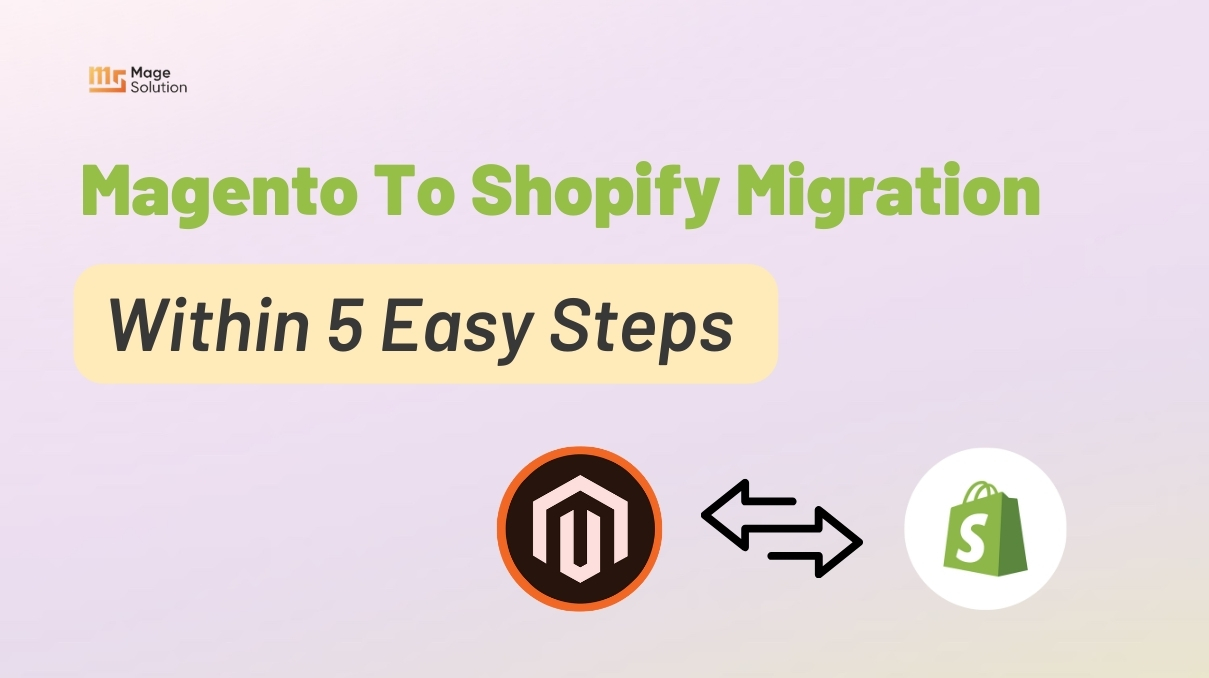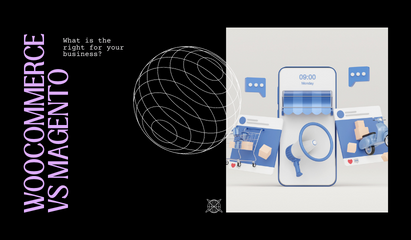Merchants in the past few years are trying to seek new ways of making the products appealing to the right customers. The online buying experience that appeals to one group of people will not appeal to all. Trying to be everything to everyone at once is impossible, indeed. However, it was easier by using customer segmentation so that it was possible to tailor experiences. As a result, the offerings to specific groups of people or their purchase history will be much better.
Magento 2 has native functionality that addresses this exact merchant dilemma. The aim is to target desired customers and offer them services that they are actually looking for. Using the concepts of segmentation, and targeting relevant customers in the digital sphere for your Magento store is beneficial. So now, we would like to give you guys the ultimate guide of customer segmentation for Magento store management.
What is Customer Segmentation?
Customer segmentation (also called market segmentation) is the practice of dividing customers into groups that share similar characteristics. But it is about more than matching customers with appropriate product offers. It’s also about changing the way you communicate with your customers based on what you know about them. Ultimately, customer segmentation is about creating relevant shopping experiences that build brand loyalty.

Why is Customer Segmentation so important for Magento eCommerce store owners?
Online store owners often focused their marketing efforts around appealing to the average buyers. They also involve in attracting large numbers of site visitors to their stores as much as possible. But now customers are becoming more and more sophisticated in their shopping choices and the one size fits all marketing approach is no more effective.
The thing is, if you’re targeting the wrong customer, the cost will be much more. As a result, the reduction of conversion rates, order values and profit margins is inevitable. In contrast, by targeting the right buyers with customer segmentation will help you to:
- Improve ranking in the market
- Build brand identity
- Retain more customers
- Better customer relationships
- Word of mouth advertising
- Develop channels of distribution

Some steps for a successful Customer Segmentation
By having customer segmentation, you and your business will have a concentrated view on how the shoppers purchase their products. Here are some of the main steps of customer segmentation for smart Magento store management:
1. Understanding your business costs
Before you start segmenting your customers, you should have a good idea of not just your overall business costs, but your costs associated with each customer transaction. Knowing your business costs will help you determine how much you need to earn from each customer transaction to be profitable. More importantly, you’ll be able to start linking customer behaviors to profits. This is essential to help you identify which customers are worth targeting.
2. Identifying the best customers
The 80/20 rule of marketing says that 80% of a business’s sales come from 20% of its customers. So you should analyze these top-tier customers to see what other characteristics they might have in common. A quick analysis of your purchase history data can offer a wealth of useful information. The information can describe who your best customers are, and which customers are buying your top-selling products.
3. Collecting data from external sources for customer segmentation

Collecting data for segmentation
The more you know about your customers, the more effectively you’ll be able to meet their needs and create targeted and relevant shopping experiences. Beyond your transaction database there are a number of external sources you can tap to collect data about your customers. By that same rule, 20% of a business’s products can be expected to make up 80% of its total sales. You would want to look for your most profitable/potential customers.
4. Creating customer segmentation profiles
Once you know a bit about your customers’ lifestyles, behaviors, and purchasing habits, you should begin to build profiles. This is to help you in satisfying your customers’ needs, mindset, and challenges. Creating detailed customer profiles can also help you identify new sub-segments for existing products. Also, you can tailor existing products to meet the needs of a particular customer segment. The more specific and lifelike your customer profiles, the better.
How to keep your Customer Segmentation fresh for your Magento store?
It is very important to review and refine your consumer segments regularly. This is because their behavior, perceptions and needs may change from time to time. To update and expand your customer data, you should:

Keeping your segmentation fresh
- Avoid adding individual visitors to more than a segment: Bombarding them with multiple offers (because of overlapping segments) can often lead to disengagement and irritation. In other words, you will kill your sales.
- Find opportunities to tailor your offers: The more you meet specific consumer needs with proper anticipation, the more you will have referrals and repeat customers.
- Each customer segmentation should have a clearly defined preference: This will help you in planning sales volume and in marketing products or services based on preferences. The segmentation will be a success.
>> Read more
Customer retention strategies: 10+ useful examples to keep customers
Final words
That should be it! Here is the ultimate guide of Customer Segmentation for smart Magento store management. By reading this awesome guide, you will get a lot of knowledge of the segmentation in a short period of time. This is such a marketing strategy that you should figure it out, starting with this article. We – MageSolution offers tons of themes and extensions that can be compatible with your site. Check us now: MageSolution



